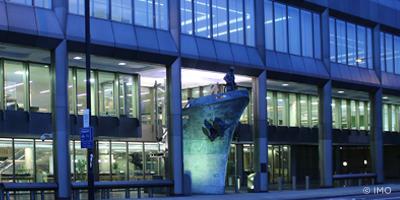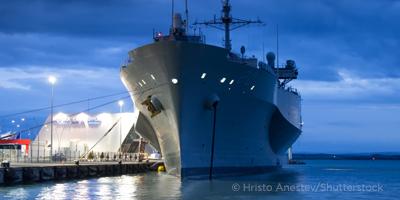On 14 December, the U.S. Coast Guard (USCG) made public its decision that the Most Probable Number (MPN) method for type approval of ballast water management systems (BWMS) is not equivalent to the prescribed test method. The reason given on the USCG Blog, Coast Guard Maritime Commons, is that the MPN method, “does not measure the efficacy of the BWMS to the performance standard required by the regulations” because it does not evaluate the ability of BWMS to kill organisms. While a decision has been made to disallow the MPN method, the USCG has stated that this ruling of the Marine Safety Center is subject to appeal by manufacturers.
This decision follows the request of four UV-based BWMS manufacturers for MPN testing to be considered equivalent to the method specified in Environmental Technology Verification (ETV) protocol required by the USCG. Three of the four UV-based BWMS manufacturers requested approval for their USCG type approval applications while the fourth requested approval for testing currently under way.
Two other UV-based BWMS manufacturers have made public statements that their USCG type approval testing is being conducted to the method specified in the ETV protocol (i.e., U.S. Food and Drug Administration method). One of these vendors reported land-based testing that achieved the USCG ballast water discharge standards in marine waters.
The ETV technical panel has been evaluating the development of a MPN method for possible inclusion in the ETV protocol for approximately two years. The MPN method has not yet been finalized or validated for inclusion in the ETV protocol, but the blog states that the USCG will continue to evaluate this method through the ETV technical panel.


































